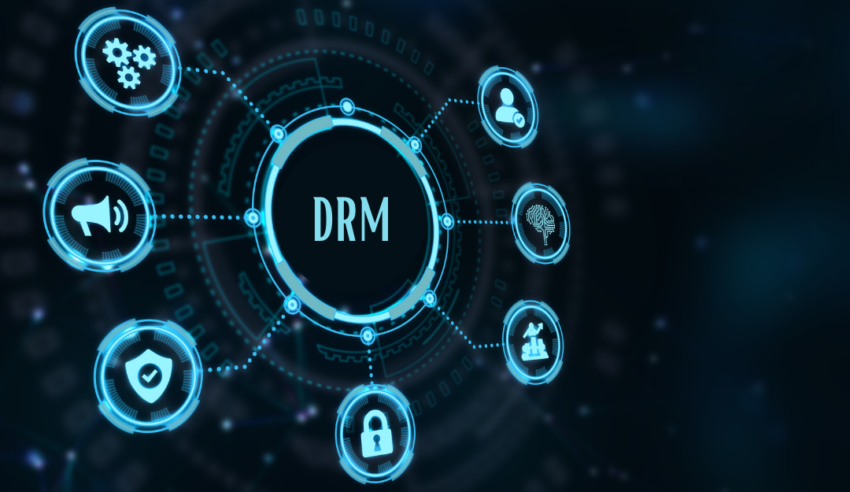Documentary filmmaking is an art form that often tackles sensitive topics and controversial issues, making it a prime target for piracy and illegal distribution. In recent years, documentary filmmakers have increasingly turned to DRM and anti-piracy measures to protect their work from being illegally copied, shared, and downloaded. In this article, we will discuss the best practices and challenges of implementing DRM and anti-piracy measures for documentary filmmaking.
The Importance of DRM and Anti-Piracy Measures for Documentary Filmmaking
Documentary films are often produced on a tight budget and rely on revenue from distribution and licensing to support their creation. Piracy and illegal distribution can have a significant impact on the profitability of a documentary, making it difficult for filmmakers to continue creating compelling and informative films. DRM and anti-piracy measures can help prevent piracy by securing content, ensuring that only authorized users can access and distribute the film.
Best Practices for Implementing DRM and Anti-Piracy Measures
When implementing DRM and anti-piracy measures for documentary filmmaking, it is important to choose the right solution for the specific needs of the film. Some best practices to consider include:
- Watermarking: Watermarking is a form of content protection that adds a visible or invisible identifier to the film, making it possible to trace the origin of the content if it is illegally distributed. While visible watermarks can be distracting for viewers, invisible watermarks provide a non-intrusive way to protect content.
- Encryption: Encryption involves encoding content so that only authorized users with a decryption key can access the film. Encryption can prevent unauthorized users from accessing and copying the film.
- Secure distribution platforms: Secure distribution platforms provide a secure environment for distributing films, making it possible to control access and ensure that only authorized users can view the film.
Challenges of Implementing DRM and Anti-Piracy Measures for Documentary Filmmaking
Implementing DRM and anti-piracy measures for documentary filmmaking can be challenging. One of the main challenges is finding a balance between protecting the content and ensuring that the film reaches its intended audience. For example, if the DRM and anti-piracy measures are too restrictive, it may discourage legitimate users from accessing the content. On the other hand, if the measures are too lenient, it may increase the risk of piracy.
Another challenge is the cost of implementing DRM and anti-piracy measures. Documentary filmmakers often work with limited budgets and may not have the resources to implement advanced DRM and anti-piracy technologies. This can make it difficult to strike a balance between protecting the content and keeping costs under control.
Conclusion
DRM and anti-piracy measures are essential for documentary filmmakers who want to protect their work from piracy and illegal distribution. When implementing DRM and anti-piracy measures, it is important to consider the specific needs of the film and choose the right solution. While there are challenges associated with implementing DRM and anti-piracy measures, the benefits of protecting the content outweigh the costs.
